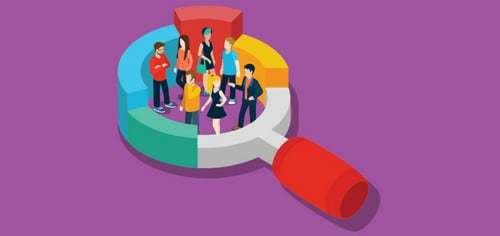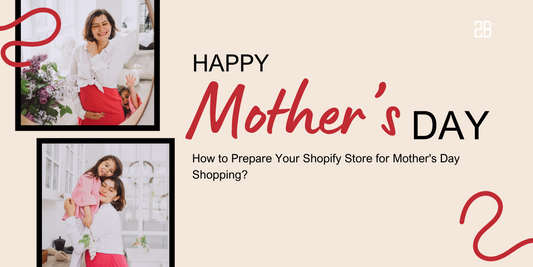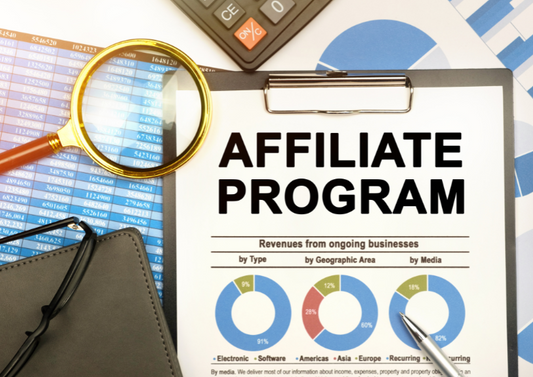Customer segmentation is critical for improving sales and brand loyalty; four out of five consumers now demand an e-commerce experience that is tailored to them. The same percentage is more inclined to buy from companies who deliver a great experience. As a result, after implementing a customization approach, marketers notice an average 20% increase in revenue. The many forms of customer segmentation, the variations between market segmentation, and how to use customer segmentation to any business model (B2B and B2C) to reach your e-commerce goals are all covered in this article.
How can e-commerce firms benefit from customer segmentation?

Top Customer Segmentation
The commercial case for consumer segmentation is compelling:
Higher conversion rates and average order values: Knowing your customers better allows you to show them what they want. At the same time, you may show them other goods they might enjoy, allowing for cross-selling and up-selling chances. More conversions and a higher average order value are the outcome (AOV).
Higher customer lifetime value: Treating consumers as humans rather than numbers creates a more favorable and memorable brand experience. As a result, they'll remain loyal to you and spend more in the long run.
Deeper consumer understanding: It's simpler to notice trends and patterns of behavior when the features of each category are well defined. This may provide you with a wealth of useful information, such as what they want you to sell in the future or what sales messaging they don't react to.
Model of customer segmentation
Because we are all unique in so many ways, there are theoretically an unlimited number of ways to organize your customers. In reality, however, segmentation typically falls into one of eight categories:
1. Geographic segmentation
The location from which someone is searching might reveal a lot about their possible purchasing motivations. Let's pretend you're a fashion store in June, and a customer's IP address indicates that they're browsing from the south of England. We know it's hot where they are right now, and summer is on the horizon, so shorts or summer dresses are certainly on their mind. If you sell bicycles, someone in the Highlands is likely to be more interested in a mountain bike than someone in Brixton.

Geographic segmentation
If you sell worldwide, you may learn their time zone and language by looking at their location. It also provides insight on their cultural customs. A browser in Spain, for example, is likely to value family time highly — essential information during the holidays – yet a browser in Turkey is unlikely to desire anything made with pig matter (like Haribo).
2. Behavior segmentation
Everything we do online reveals something about our motivations and interests. How we use shopping apps, reply to push alerts, and cycle through product carousels on websites all provide clues to clever e-commerce marketers about our purchasing motivations.

Behavior segmentation
Consider the following behaviors when segmenting your data:
Purchase habits - what they bought the last time and in the past
Purchase occasions — times in their lives when they frequently shop, such as around the holidays or before weddings.
Patterns of browsing — what types of products they're looking at, or frequently looking at, in order
Search terms: The items they're actively looking for are known.
3. Demographic segmentation
Demographics are one of the most reliable predictors of our lifestyles and, as a result, the items we'll be interested in. A twenty-something lady with a high-paying white-collar job will almost surely have different purchasing motivations than a sixty-year-old guy with a low-paying blue-collar job.

Behavior segmentation
Other demographic considerations to consider when segmenting your customers are:
Family organization (number of children, total household size etc)
Education Level
Ethnicity
Religion
Seasonal segmentation is based on the most popular seasonal items.
Seasonal segmentation is also used to target customer markets depending on who buys what items when the seasons change (e.g. the winter months increase the sales of Christmas trees).
1. Psychographic segmentation
We must first comprehend a person's psychology in order to comprehend – and influence – their decision-making process. In other words, the attitudes, characteristics, and behaviors that define them.

Psychographic segmentation
These variables include, for example:
Type of personality
Pain point
Interests
Values
Opinions
Hobbies
2. Firmographic segmentation
Firmographic segmentation is another sort of segmentation that is often utilized in B2B e-commerce. This entails segmenting by industry, firm size, status, executive title, and geographic location.
3. Segment based on customer personas
Next, depending on how your consumers engaged with your business, as well as their purchase history and buying behaviors, you may segment them and build shopping personas.

Segment based on customer personas
Here are some common consumer profiles and ways to sell to them in order to improve sales:
Customers that have only made one purchase from your store are known as one-timers. To urge customers to buy again, you may upsell and cross-sell your items in your marketing emails.
Thrifty shoppers: They visit your store, but they're on a tight budget and only buy what they need at the time. You may customize your messaging to this group by keeping track of when they buy and rewarding them with discounts a few days before their next transaction.
4. Valued-based segmentation
Value-based segmentation is possibly the most basic type, dividing customers based on how much they're going to spend. It's best suited to shops providing both high and low priced options for identical items. You may then display them inside their price range and target higher-spending customers with messages for big-ticket items after you know someone's budget.
Consumer segmentation may assist you in customizing your offerings for each kind of customer, meeting them where they are, and maximizing your marketing efforts. These eight strategies are among the most effective methods to begin using and leveraging segmentation.




